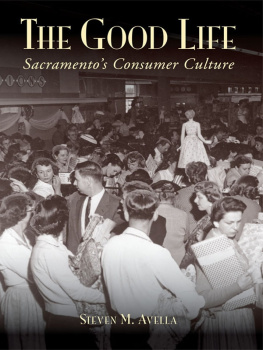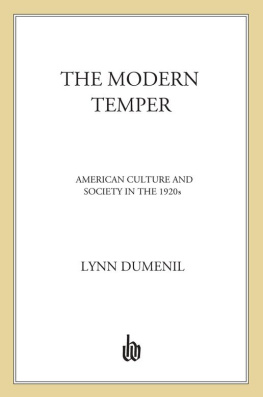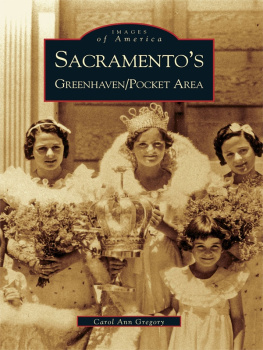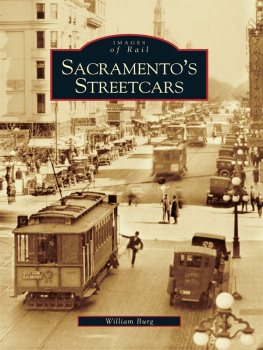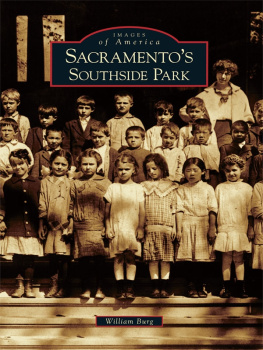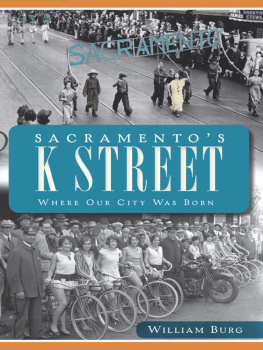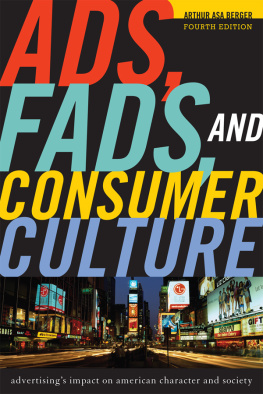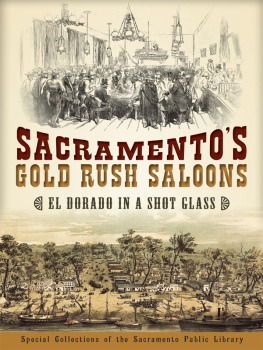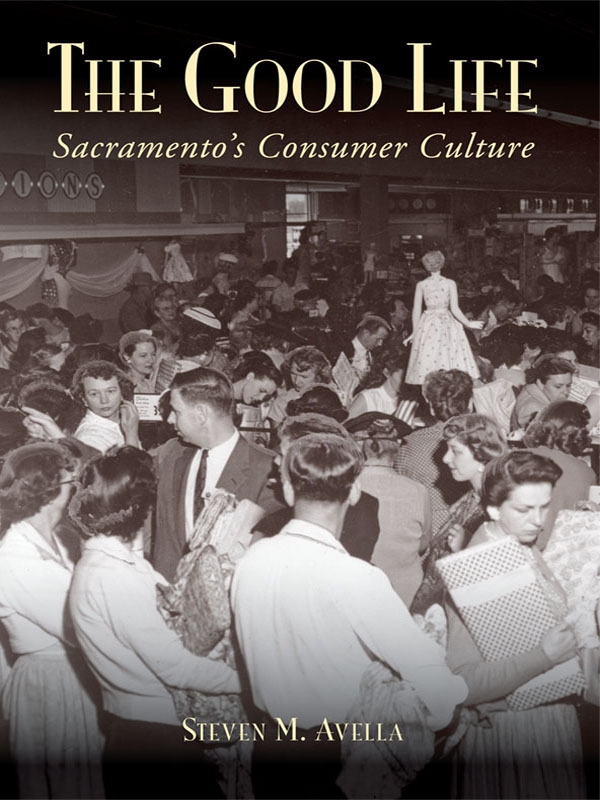ACKNOWLEDGMENTS
The Good Life began with a request from Jim Kempert of Arcadia Publishing to consider another Sacramento-based title. I floated the idea of doing this book on mass consumption, using Arcadias popular format to explore an important dimension of Sacramentos culture. Jim agreed and this book took shape.
I incurred a lot of debts in the course of writing this text.
First, I would like to acknowledge the community of scholars and researchers whose ideas and insights on mass consumption in American life I have been able to apply to the Sacramento experience. I tried to mention them in the text whenever I quoted from them or used their ideas. A listing of the main works consulted is at the back of the text.
The images I selected came primarily from the rich collections of the Sacramento Archives and Museum Collection Center (SAMCC) in Sacramento. I wish to acknowledge Marcia Eymann, Patricia Johnson, Carson Hendricks, Dylan McDonald, and Lisa Princeall of whom gave generously of their time and expertise in helping select and scan these priceless photos. Outgoing director James Henley was often on hand to help me out and I was able to borrow from his work on department stores, which appeared in the Sacramento History Journal.
Photos from the collections at the Sacramento Room of the Central Library and the California Room of the State Library were also included. The Sacramento Room, ably directed by Clare Ellis, has always been and continues to be a godsend to scholars of this community.
Thanks to an old friend, John Orr, I was able to make contact with two of Sacramentos legendary home builders, Carroll Brock and James Streng. These phone interviews were a treasure trove of information, as were my informal conversations with John and another friend, Libby Smith, who told me much about Parker Development. To them all, heartfelt gratitude!
Two local historians, emeritus professor Gregg Campbell of Sacramento State and Dr. Alfred Yee, graciously read the drafts and offered helpful critique and correction. If any mistakes remain in the text, they are my sole responsibility.
Annette Kassis, a good friend and a historian-in-the-making, plunged into the cold waters of historical research and provided marvelous information on a number of topics. She was especially helpful in using family connections to let me see some of the documents of the business dealings of her famous in-laws. She will be a great historian one day.
Finally, a large portion of the research and the arduous task of moving this book from idea to completion fell into the capable hands of Susan Silva. Susan is competent and patientperfect qualifications for the demands of this kind of work. I dont know what I would have done without her.
There are many more who deserve thankslibrarians, archivists, and other midwives of historical narratives. A generic thanks seems hardly enoughbut from my heart, I give it.
AFTERWORD
This small book only scratches the surface of mass consumption in the Sacramento area. Even within the narrowly defined scope of transportation, food, shelter, clothing, and household appliances, there have been many other stores and businesses where Sacramentans have sold and shopped. Other venues of mass consumption such as entertainment, including live theater, movies, sports, and fairs, claim millions of Sacramento dollars each year. New retail areas in Elk Grove and the old railroad yards will add locations where local citizens can gather to shop and socialize. It is the authors hope that some scholar or enterprising graduate student will write a more substantial account of this phenomenon.
Hopefully this brief sketch opens a small window into the collective identity of Sacramentans. While not the only feature of the local culture, it is an important one. Advertisers and others study what motivates us as individuals and as a society. They not only create needs through their skillful and strategic use of promotions, but they use symbolic language and images to touch deeper desires.
Since mass consumption became a defining feature of American life in the twentieth century, there has been an almost continuous argument about its impact on our way of life. The spectrum of opinions stretch from those who decry American consumerism as a sign of cultural decadence to those who celebrate it as the fulfillment of the American dreamas evidence of the good life to which all can legitimately aspire. Whatever ones position on the deeper meaning, consumption remains a fascinating aspect of the culture of modern Americans and Sacramentans. To some extent, we are what we consume.
BIBLIOGRAPHY
This book represents original research in a broader field that has a number of distinguished scholars. I consulted these works as I prepared this text. In the absence of traditional footnotes, I would like to acknowledge the scholars whose ideas I have quoted or used.
Newspaper Articles Cited by Chapter
Introduction
An Entertaining and Interesting Old World. Sacramento Bee , June 10, 1925: 30.
Chapter 1
Sterling Forest advertisement. Sacramento Bee , November 28, 1925: 11.
Women Are in a Class By Themselves When it Comes to Bargain Hunts. Sacramento Bee , September 20, 1921: 25.
The Man who Dares to Go on Shopping Tour with Wifey Now is Rare Bird. Sacramento Bee . September 16, 1920: 4.
Chapter 2
Statistics Give Sacramento Lead Over All in Number of Automobiles per Inhabitant. Sacramento Bee , October 30, 1926: A1.
New Model Fever Has Grip on Sacramento Auto Row. Sacramento Bee , August 28, 1940: 17.
Registrations of Cars Again Will Top 60,000 Mark. Sacramento Bee , August 29, 1940: A7.
5,735 Is Total Sacramento Car Sales in 1925. Sacramento Bee , February 10, 1926: 16.
Merely Some Private Thinks. Sacramento Bee , July 6, 1925: 22.
Auto is Factor in Progress of American Home. Sacramento Bee , April 26, 1926: 32.
31 st Street to Be Made Retail Business Area. Sacramento Bee , December 10, 1925: 1, 2.
Jacobs Company to Build Branch at 30th and J. Sacramento Bee , March 18, 1926: 1.
Arden Arcade Backers Want Auto Dealer Revenue to Stay in Community. Sacramento Bee , May 4, 2007: B1.
Dealerships on the Move. Sacramento Business Journal , September 21, 2007.
Chapter 3
Piggly Wiggly advertisement. Sacramento Bee , April 2, 1926: 2.
Grocery Firms Are Moving out into Residence District. Sacramento Bee , November 13, 1926: A2.
Chapter 4
Residential Development Covers Bulk of City Area. Sacramento Bee , May 4, 1929: A1.
Many Homes are being Purchased by Working Men. Sacramento Bee , September 5, 1925: A5.
Public Looks for Comfort in Home. Sacramento Bee , January 2, 1926: A4.
City is Expanding to East and South. Sacramento Bee , November 21, 1925: A4.
Land Park advertisement. Sacramento Bee , April 5, 1926: 16.
Chapter 5
National Dollar store advertisement. Sacramento Bee , April 5, 1926: 13.
Hale Brothers advertisement. Sacramento Bee , May 7, 1926: 3.
Weinstocks advertisement. Sacramento Bee , August 18, 1926: 6.
Travel Show advertisement. Sacramento Bee , May 15, 1926: 6.
City Business Scope Widened by Opened Streets in New Tracts. Sacramento Bee , November 7, 1925: A4.
Developer Breaks Ground on Elk Grove Mall. Sacramento Business Journal , September 20, 2007.

